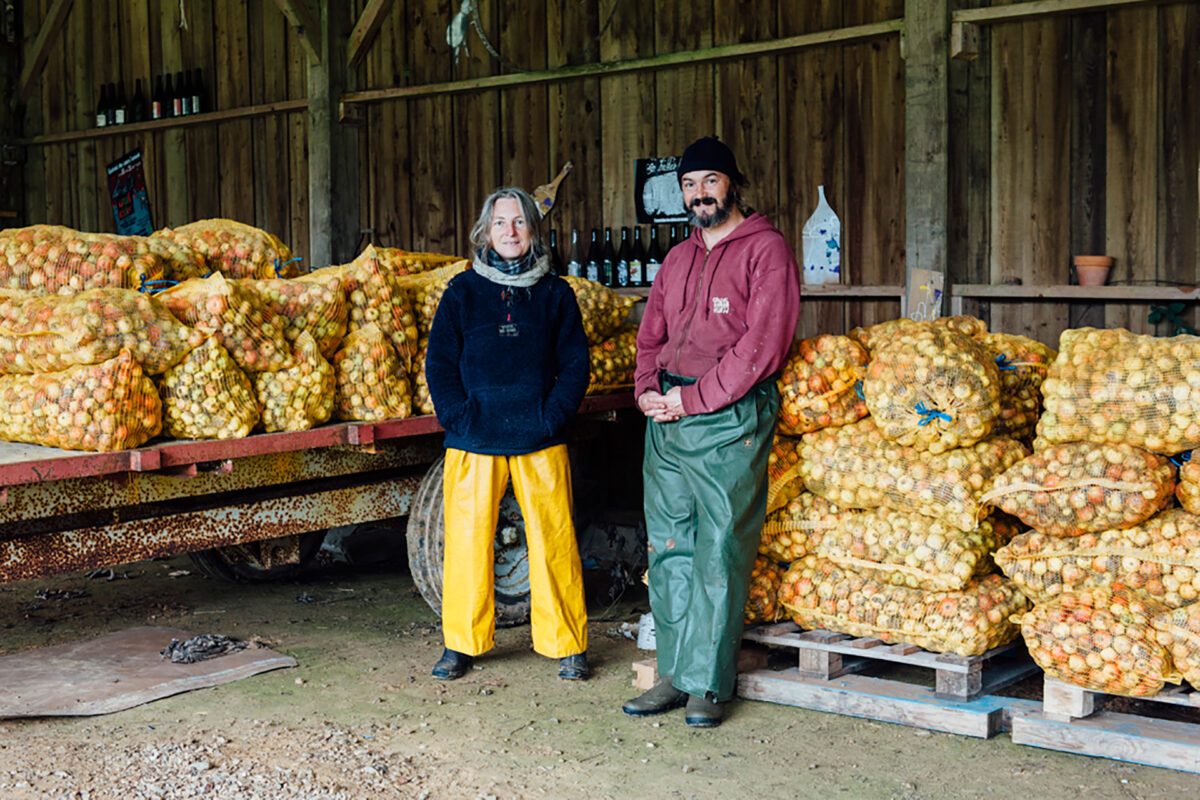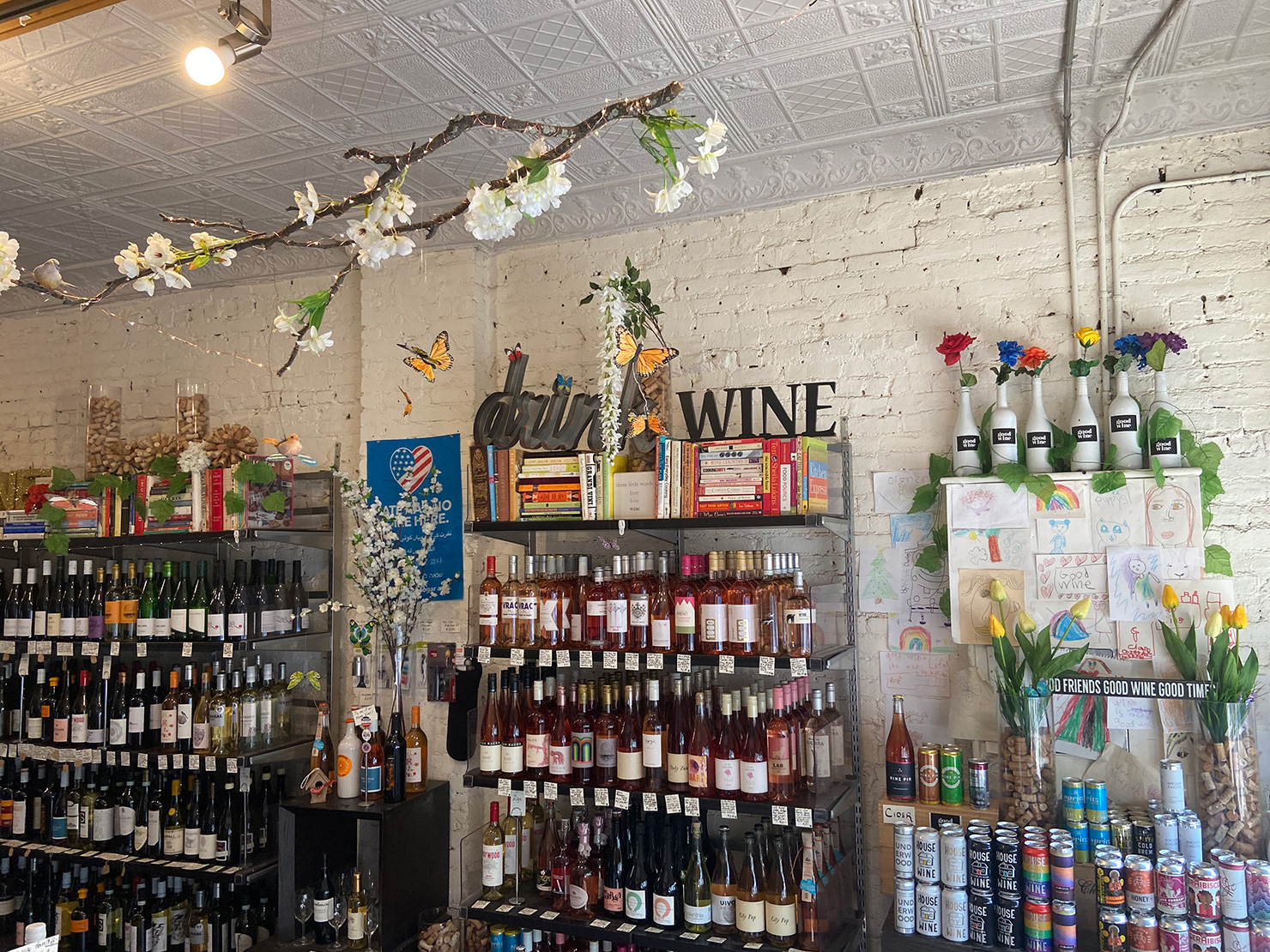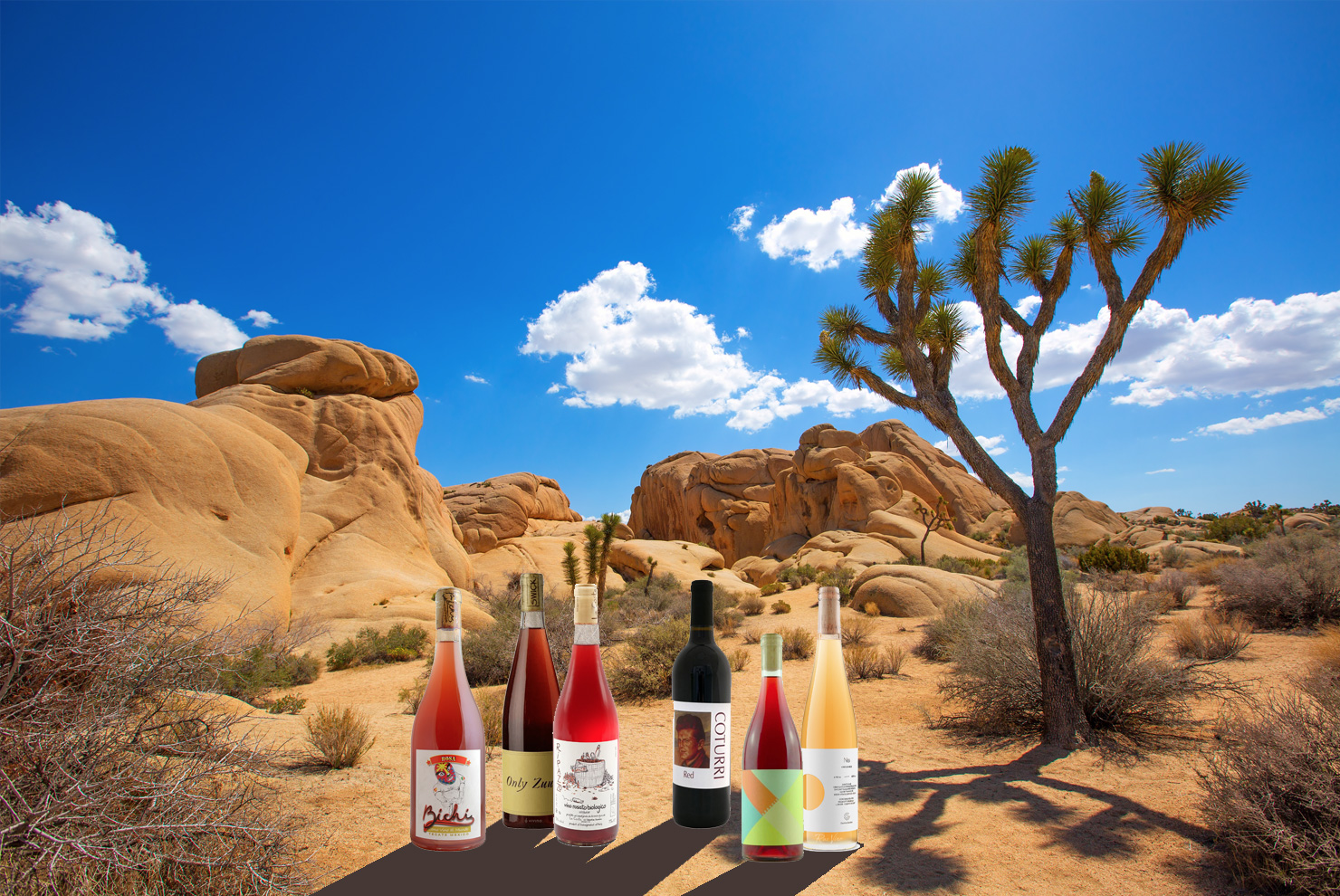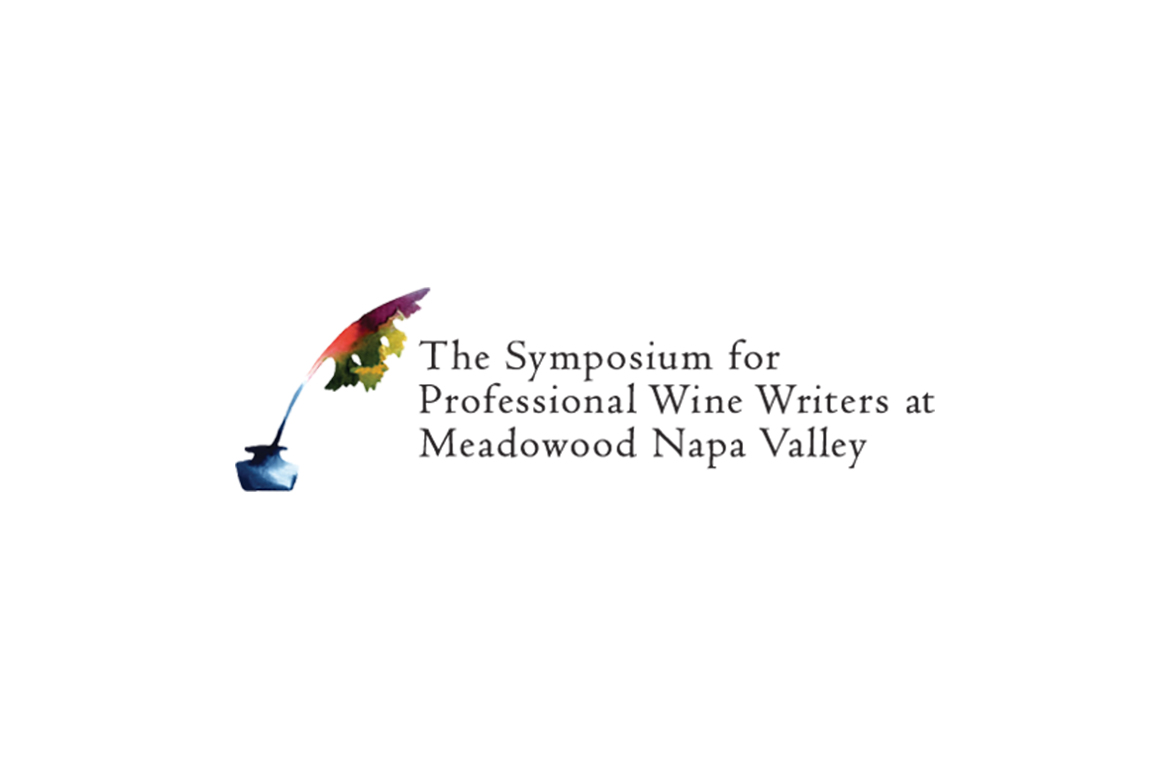Hélène Gibiat and Jean-Baptiste Rollo are harvesting apples when I arrive at La Maison du Cidre, their cider farm in Finistère. “It’s a good thing you wore boots,” says Gibiat, gesturing towards my feet. The ankle-high grass is pearly from fog mustering the courage to become full-fledged rain. Two dogs saunter between buckets of ruddy apples and France Culture crackles on a portable radio. Rollo, in a yellow overall slicker and hoodie, rises from sorting apples to greet me. The couple is two weeks into harvesting their 25-acre orchard. It’s been a warm year and the apples are ahead of schedule.

La Maison du Cidre is one of a growing number of cider farms committed to carving out a new identity for cider in France. While it may be experiencing a renaissance in the United States, cider remains a third wheel to wine and beer here, and most of it is industrially produced. Farmhouse cider is a nascent movement in a country with very rigid notions about food. “Where is cider’s place? You can drink it alone, like beer, or with food, like wine. In France, we still have to rely on one or the other to explain the product,” says Gibiat. The couple follows a nature-based approach that draws on pre-industrial cultivation methods and refuses all additives. They also happen to be extremely engaging advocates for a more reasoned and informed relationship to food that starts in the orchard.

The pair, Gibiat explains, will spend several weeks collecting and sorting ripe apples together. They refuse to use chemicals in the orchard, on their equipment, or in the cider, so meticulous harvesting is key to orchard maintenance and product quality: each apple picked up off the ground is one less that rots in the soil, blemishing the next year’s crops. Year after year, their work returns the orchard to a state of health.
Grouped by variety in bulging mesh bags, the apples spend anywhere from two weeks to two months maturing before they are pressed into juice and left to ferment for up to six months, depending on the weather. “Conservation plays a crucial role in developing our cider,” explains Gibiat. Storage dries the apples out a bit and concentrates the fermentable sugars. “We walk hand in hand with nature every year to produce our cuvée, which gives us very aromatic ciders, but not necessarily sweet ones,” she says.
When the apples have matured, the couple begins pressing each variety individually. They can process between one and two tons of apples a day for between 500 and 1000 liters of juice. The native varieties they grow bear Breton names like Kroc’hen Ki (Dog Skin) and Dous Moën. They are bracingly bitter and can be unpleasantly astringent if the tannins are not left to oxidize during pressing in a step called cuvage. Once the tanks are full, the magic begins, if nature is feeling cooperative. “The heart of our work is really to master fermentation and its progression,” explains Baptiste. “The fermentation is what creates flavour, and to do so, it has to last at least three months.” Finally, the ciders are assembled to create the year’s cuvées and then bottled; the fine bubbles in the final product are a natural result of secondary fermentation.


La Maison du Cidre’s cuvees bear little resemblance to the effervescent soda I’ve been mistaking for cider all these years. “There’s this idea French people have that cider is a sugary, bubbly drink. The worst interpretations cast it as reserved for women and children,” says Rollo. La Maison du Cidre’s Bordel Amer is full with fragrant apple, but a dry, briny bitterness snuffs out any candy quality. And where industrial ciders seek standardization, Gibiat and Rollo are stewards of nature: the same cider in 2016 expressed the persistent sweetness of a warm, dry summer.
For the average French consumer, the word cider conjures up fresh fruit and a straw press operated by a curmudgeonly old man. “It’s very hard to get people to take our methods seriously because they think that a natural process is the norm in cider making,” says Rollo. “They look at us and say, ‘That’s not a job, it’s a hobby!’”
I have definitely been guilty of assuming that behind the kitschy labels and declarations of Fabrication artisanal was a humble, homemade product. “People don’t realize that 95 percent of French cider is industrial,” says Gibiat. “It’s made from concentrate, preserved with sulfites and injected with CO2.” Only ciders labelled IGP Bretagne are guaranteed to be made with Breton apples; the rest are free to source from the European market, as some industrial-scale companies have done since 2014, when apple prices fell in Eastern Europe following the Russian embargo. Since no law obligates cider producers to indicate where their apples are sourced or what methods they use—even those labelled “artisanal” may include up to 50% water—it’s up to the consumer to dig deeper.


Until the end of the Second World War, cider was produced and consumed on farms throughout France, and particularly in Normandy and Brittany. It was a dry, flat, rustic beverage containing enough sugar and alcohol to keep laborers working and prevent them from getting dysentery. Its English and Asturian equivalents, scrumpy and sidra, remain popular today. “Records show that cider consumption on farms averaged 6 liters per person per day,” says Rollo. So how did French cider end up as the coarsely carbonated, nauseatingly sweet soda only fit for crêpes (and barely at that)?
“Cider went from the farm to industrialization without any transition,” says Gibiat, but its fall from grace began in the 19th century. The French government was desperate for ethanol to make gunpowder for Napoleon’s extensive military campaigns. They offered French farmers money in exchange for alcohol distilled from grapes and apples. Up to then, cider had been produced for personal consumption and trees were planted wherever there was space, out of the way of farming and grazing lands. The pressure for a more efficient system to meet the state’s demand led to the development of the pré-verger, or prairie-orchard, where cattle or sheep cohabitate with apple trees.

The defining characteristic of a pré-verger is the tree trunk. Gibiat and Rollo’s orchard stretches out in neat rows of lanky trees with the first apples dangling at eye-level. “You can see the trees are well-spaced, air passes easily. There’s little threat of disease despite being in a very humid region,” explains Rollo. These haute-tige (tall spindle) trees are an ingenious combination of a fruit-bearing scion grafted onto a tall rootstock that keeps fruit out of reach of grazing animals, in this case sheep. “At first, we saw sheep as a miracle machine, cutting grass at the front and putting out fertilizer at the back, but it’s more than that,” explains Rollo. “We realized there are ecological balances created between the tree, the soil, the ground vegetation, and the sheep. These interactions give us a perfectly healthy orchard without any spraying or fertilizing.” The pré-verger was common throughout Brittany until the mid-20th century, when the post-war shift toward industrialized agriculture brought about le grand remembrement: the French term for the piecing together of small farms into large swaths of land for intensive farming. In the 1960s, the Politique Agricole Commune (Common Agricultural Policy) went so far as to offer subsidies to farmers for removing tall spindle trees. The landscape never quite recovered. “The first question a lot of people ask us is, ‘Where are the apple trees?’” says Gibiat. In Brittany, apple orchards were ripped up to make room for intensive pig farming.

The last straw for cider was a marketing campaign in the 1950s. This being France, cider needed a neat label, but wine already had meals covered and beer was for parties. So, cider became a dessert drink. “It was a pretty strange idea. It was such a rustic drink! But the worst part is, it worked,” says Rollo. “They followed the Champagne model of a bubbly product in a bottle with a cork and a muselet, and developed three products according to sugar content: doux, demi-sec and brut.” At the same time, a massive rural exodus was eroding connections to the country. Within a generation, people had either lost touch with the reality of production or didn’t want to hear about it. “Apples had the connotation of being healthy, but the rustic character had to go,” explains Gibiat. “When people taste our cider, they often say, ‘That’s my grandfather’s cider.’ It wasn’t glamorous, it was the poor man’s drink.”
Natural cider makers like Gibiat and Rollo are still rare in France, but their numbers are growing slowly. They share a goal of renewing with cider’s natural origins to offer a product that honors terroir and respects the consumer. “When we got here eight years ago, we didn’t know anything about cider, we didn’t like it, and we didn’t drink it,” says Baptiste. “When we started working with the apples, we realized what potential they had. Since we had no preconceived ideas about cider, we were able to do exactly what we wanted.” That included developing an assemblage to accompany fresh seafood and shellfish harvested from the coast of Finistère. Though the velvety bitterness of traditional local apple varieties often calls for a sweeter undercurrent, they found it works remarkably well on its own with local oysters.

Like craft brewers before them, natural cider makers face French fickleness when they challenge wine’s hegemony at the table. “We’re in a country that likes its labels,” says Gibiat. “It’s our job to change ideas, not only about cider, but food more broadly speaking. It can be disappointing to learn what’s behind a label, but it also makes people feel like they have more power to understand and discern what they are eating and drinking.” The last two summers, La Maison du Cidre has hosted the Outcider festival, an opportunity for independent cider makers from France and Europe to meet and share their products with a wider audience. “What’s interesting about working naturally is this notion of freedom, and experimentation is clearly coming from the small cider makers,” says Gibiat. “To quote the motto of French open-source pioneer Framasoft, ‘The road is long, but it’s wide open.’”
Kate Robinson (@KateOnTheLoose) is a freelance journalist based in Paris.
Photos by Jean-Marie Heidinger.




























